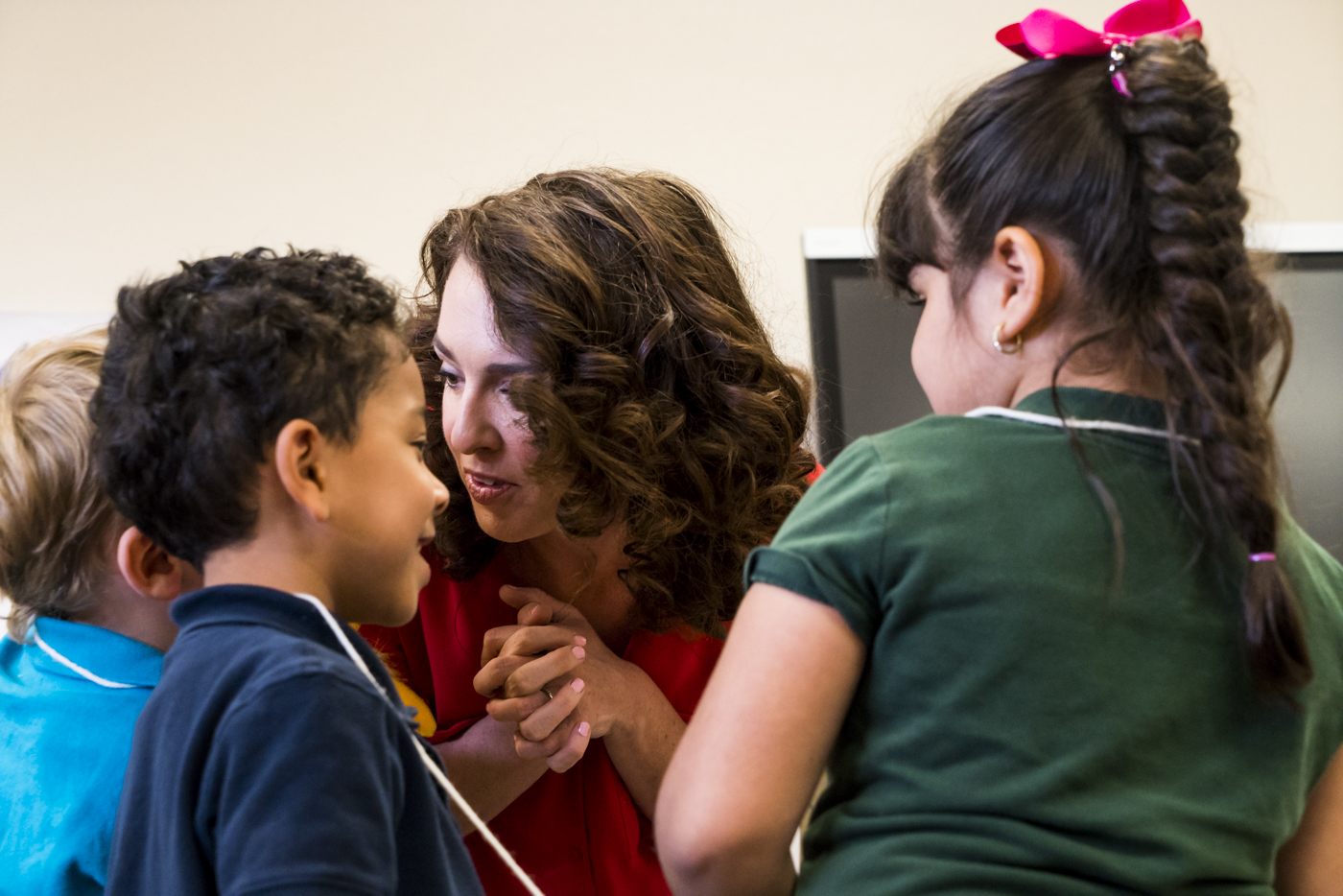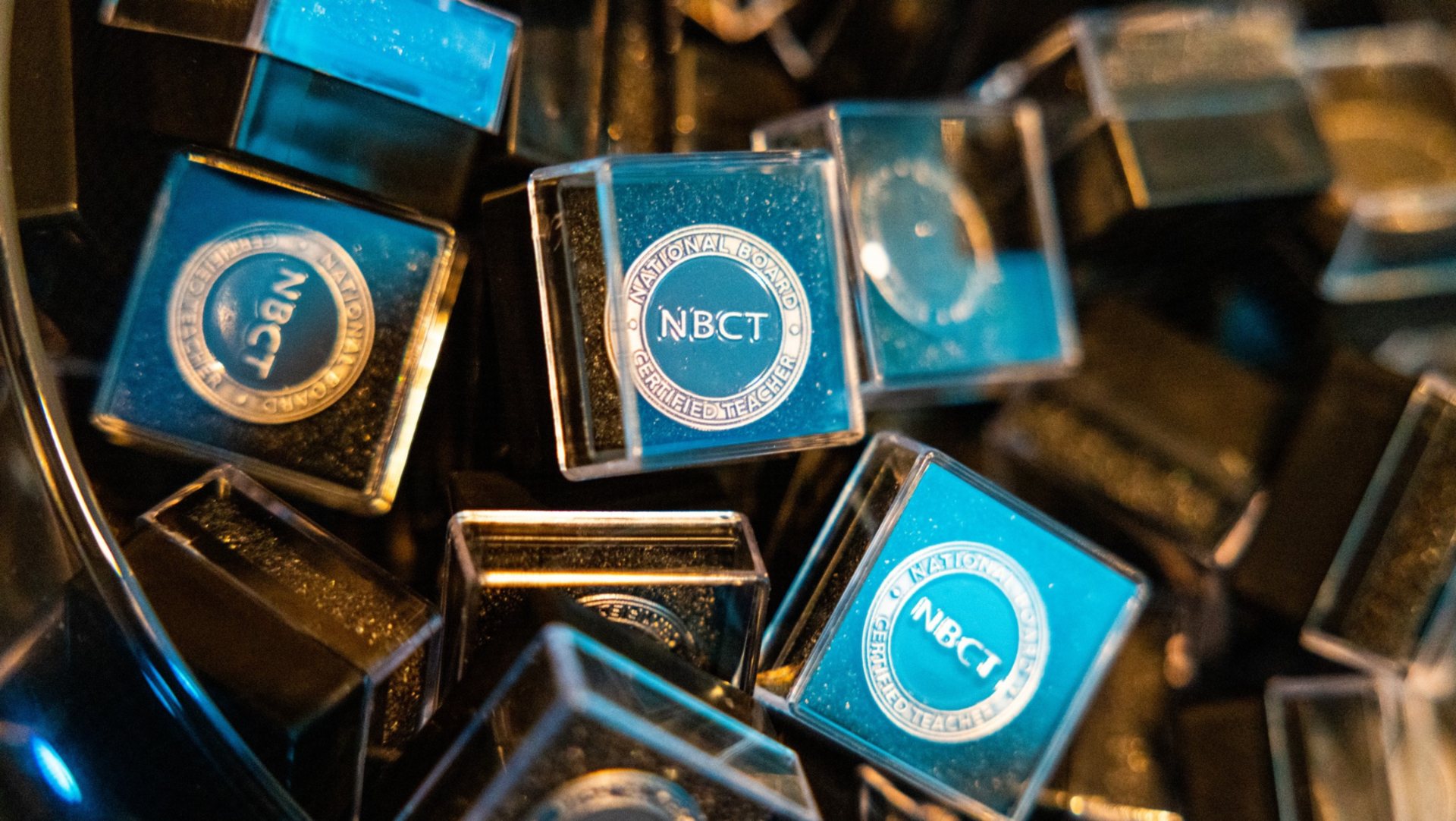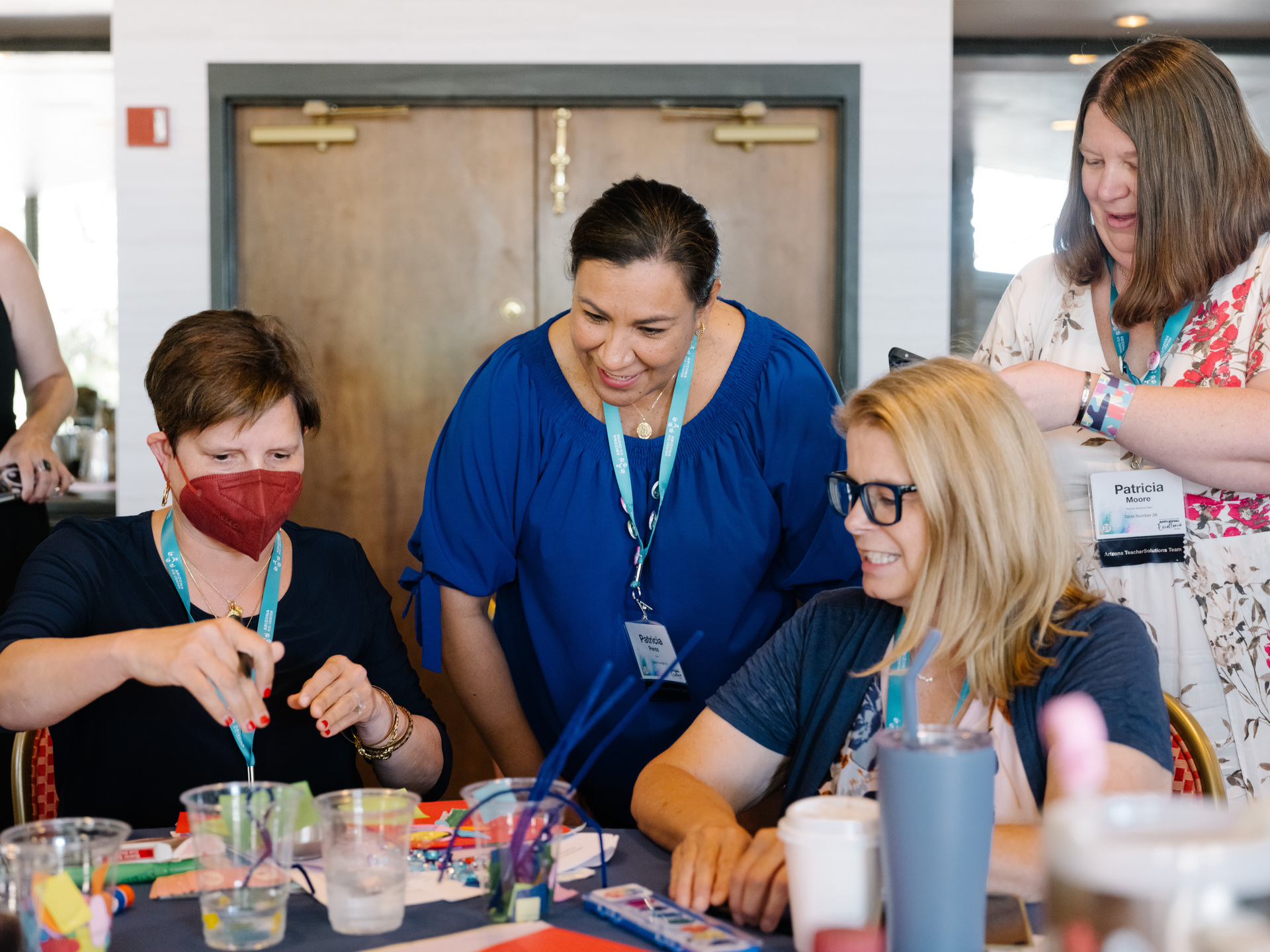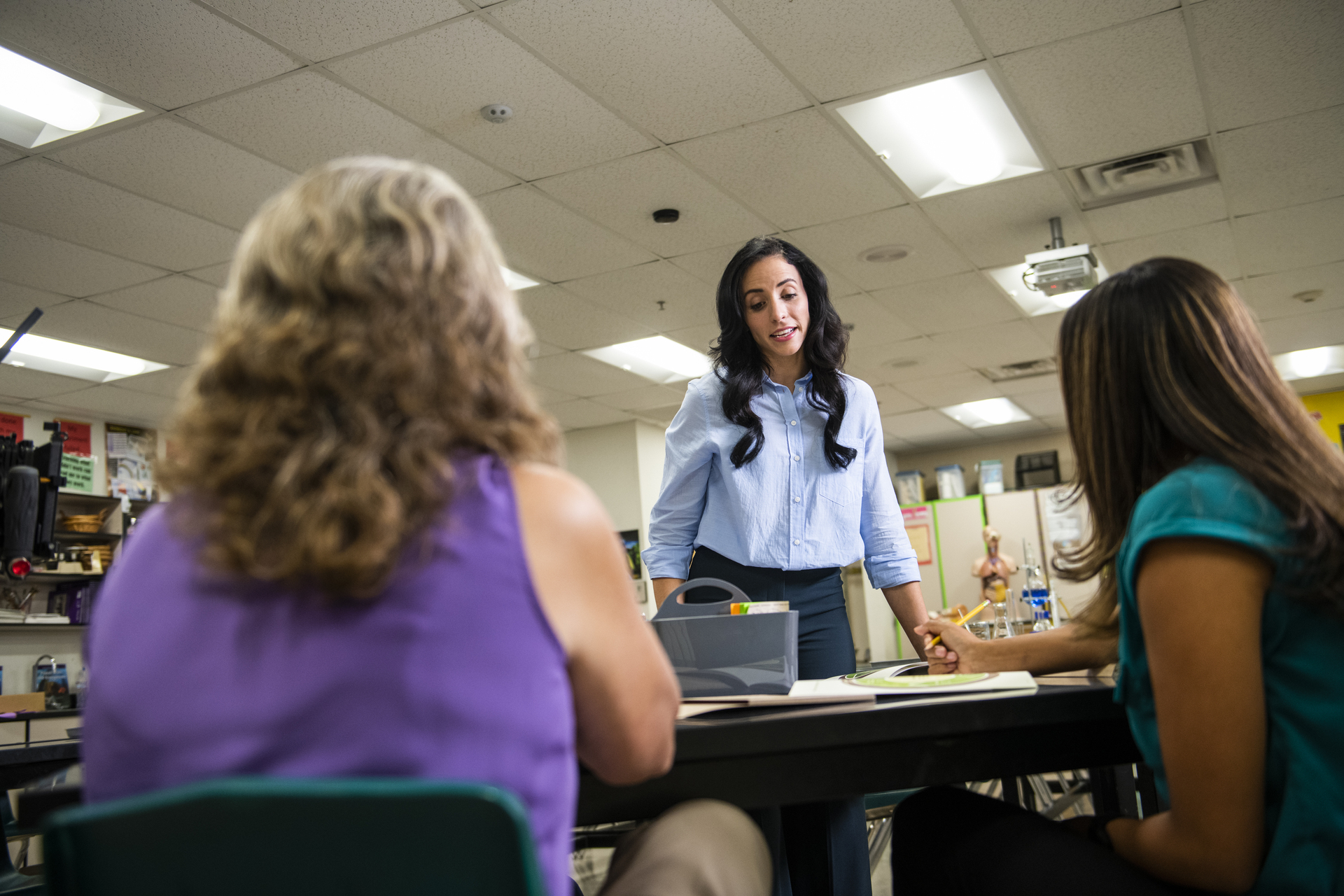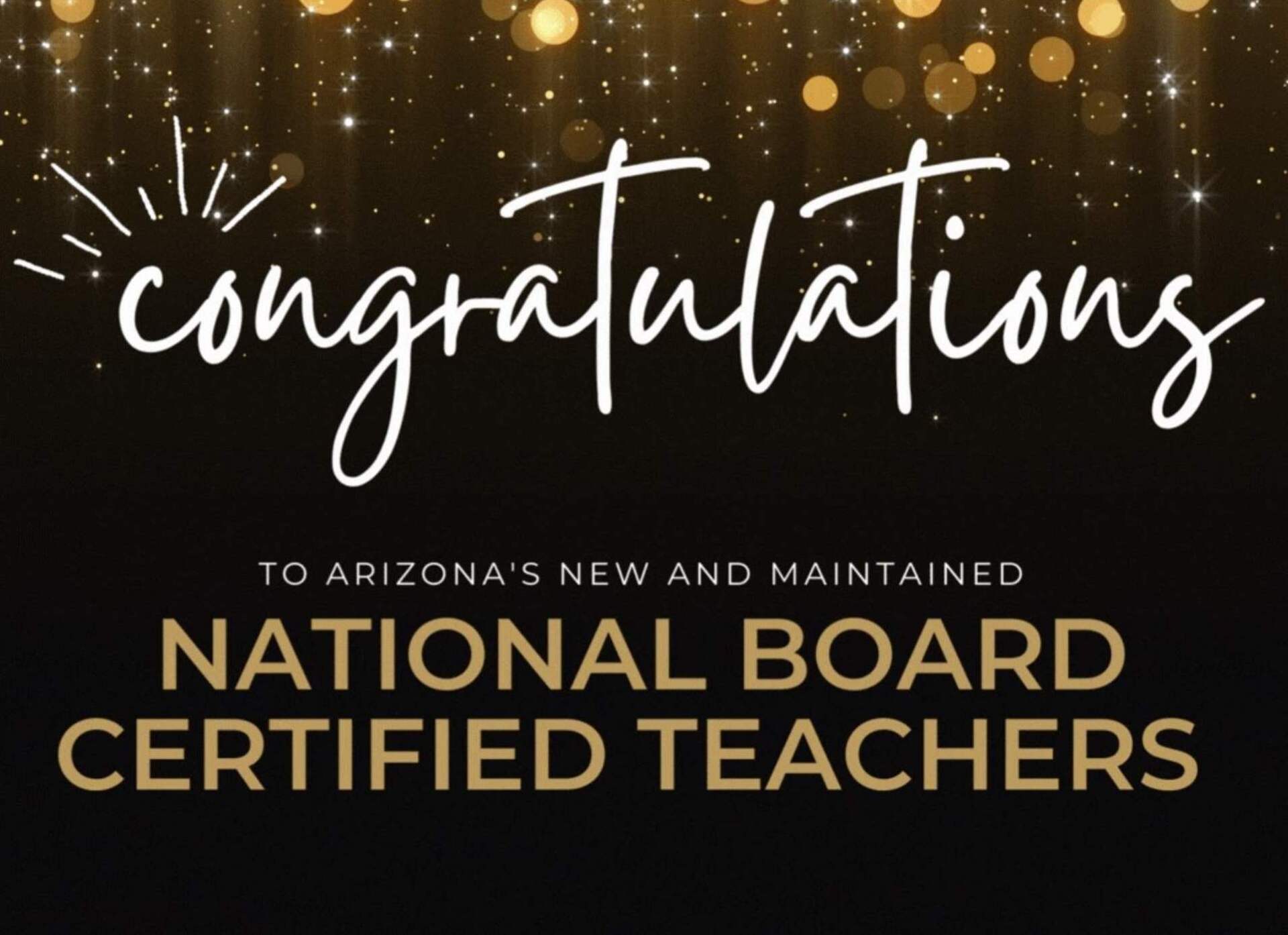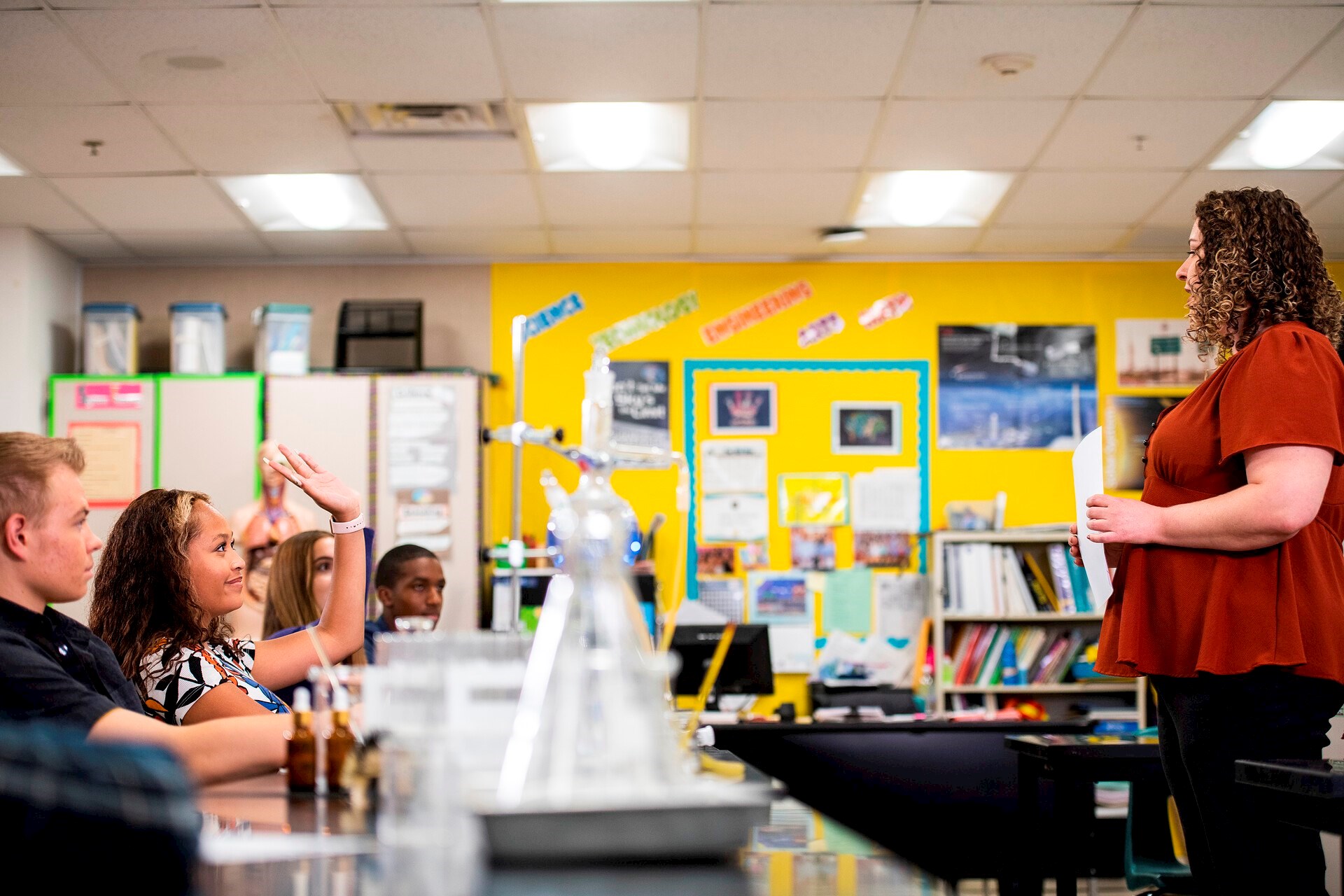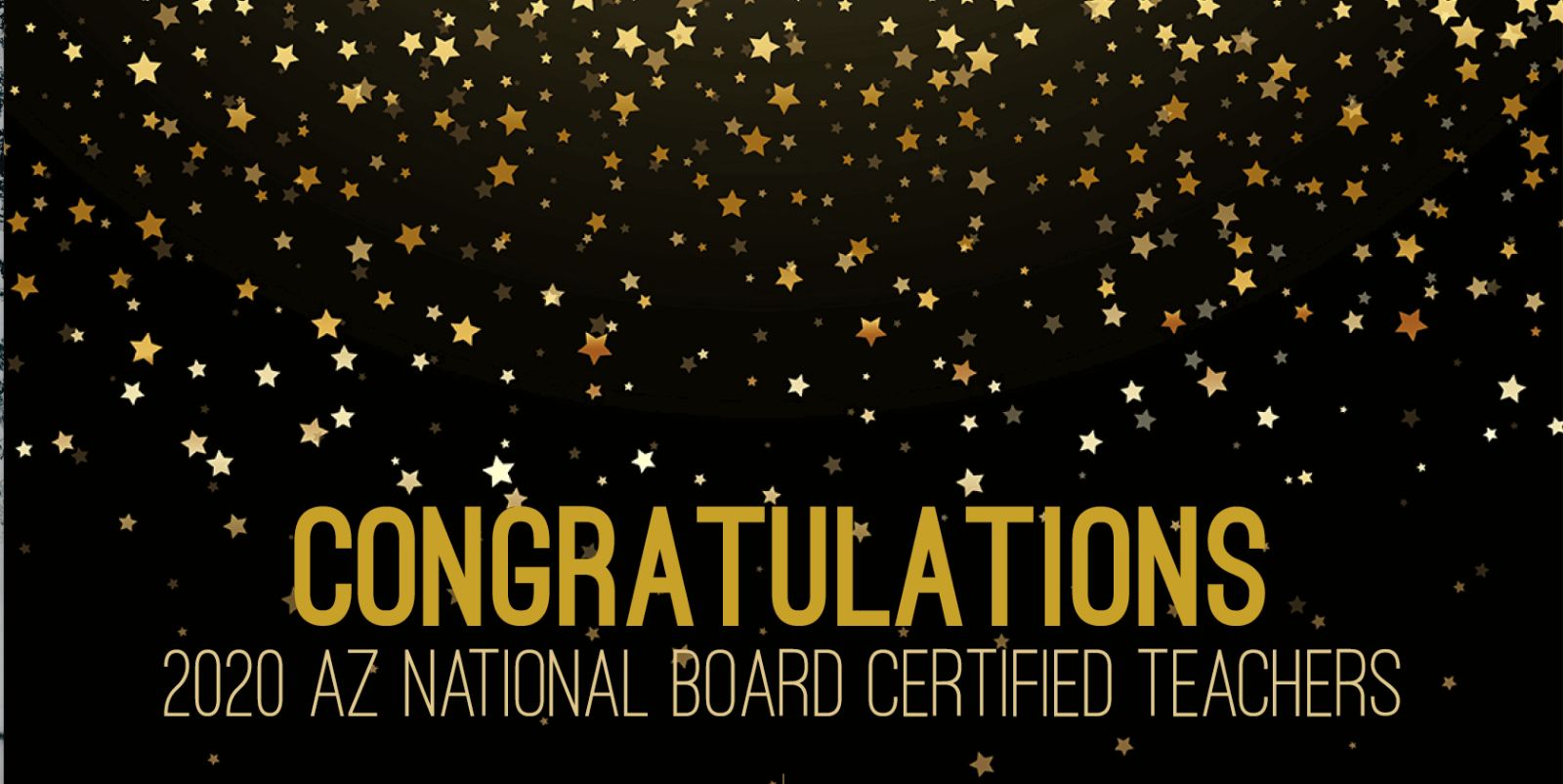October 3, 2017
Restorative Practice: What It Is and Why You Need It
When it comes to the tricky topic of discipline, so many of us are missing a single vital component: relationships. Without building a meaningful connection between students and teachers, classroom management strategies lose efficiency — and poor behavior hits repeat.
Enter restorative justice practices, a set of informal and formal strategies aimed at building relationships and strengthening community in order to prevent and respond to campus wrongdoings. This fall, we’ll be hosting an event with experts Doctors Dominique Smith and Doug Fisher, who co-authored Better than Carrots or Sticks with Nancy Frey. In anticipation, we chatted with Smith about 10 lessons participants will walk away understanding. Here’s what he had to say.
- Traditional discipline policies are failing teachers. “There are no relationships involved, and students don’t have any connection to the school or teacher. There needs to be conversations held so students understand their impact. Without understanding impact, the same behaviors will happen again.”
- Poor discipline policies are hurting our students. “Students are labeled as bad students — and then they build their identity as ‘bad’ students.”
- What exactly restorative justice and restorative practices are. “Restorative justice is only reactive, repairing the harm after it has happened. Restorative practices are proactive approaches to help situations.”
- We need to prioritize a healthy learning environment over teaching curriculum. “We believe students won’t learn if they don’t feel that they’re a part of the school. Simply put, students don’t learn from teachers they don’t like.”
- All teaching styles can adopt restorative practices. “Being able to build relationships will allow students to see their teachers in a different light and understand where educators’ teaching styles might come from.”
- There’s a common hold-up… What’s the biggest hesitation from educators learning about restorative justice? “Time, time, time. Educators feel they do not have the time to implement these strategies.”
- …and there’s a definite solution. “We need to have all stakeholders buying in, so there is support and growth.”
- Restorative practices work with all grade levels. “All ages benefit from restorative practices. First, students want to have relationships, and that can happen at any age. Second, people don’t like being harmed, and all age levels can have conversations to move forward from these situations.”
- Restorative practices impact the whole school. “They will help the culture of the school as it becomes a more welcoming place. Stakeholders will want to communicate because they know there is a culture of trust. Students previously labeled ‘bad’ or ‘high flyers’ become a huge part of the school.”
- Teachers need to remember the “why.” “Why did you become an educator? When we focus on the answer, it takes us back to focusing on wanting to make a difference in students’ lives. These practices help students that need that extra support but might have never received it.”
It is time for a change. We are thrilled to welcome Doctors Dominique Smith and Doug Fisher to Phoenix in November for a sell-out event. Missed the chance to register? Don't fret! We're happy to share Smith will join us at the Thirteenth Annual Teacher Leadership Institute in June. Register soon to ensure you know what it looks like to implement restorative practices in your classrooms and on your campus.
